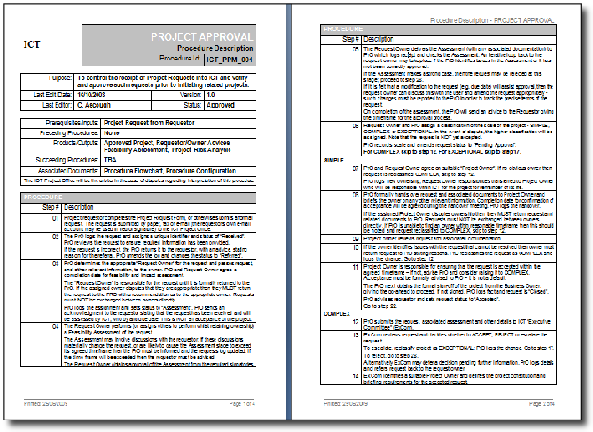


Manage Projects Workload Case Study

Background
The client is the ICT department of a major humanitarian aid delivery organisation within the United Nations.
The ICT Director wished to understand the “project” work being undertaken by his department (450+ staff), the origins of that work and the effort being expended on it.
Our brief was to identify the projects and other work currently in progress within the department and to recommend processes and procedures to manage this workload more effectively in the future.
What We Did
Initially we interviewed the senior management team, project managers and other ICT service delivery staff. We identified in excess of 800 concurrent projects and found that the inflow of work requests was ad hoc and generally uncontrolled. The consequence of this was a tangle of conflicting and “nested” projects, many unknown to the management team, and which caused projects to take considerably longer to deliver than necessary, or desirable, for the business.
We discussed our findings with the ICT Director and agreed a three step approach.
- Developed and implemented a rigorous project request and approval process. The process was agreed within the ICT management team and then presented to the business, refined and rolled-
out. The process involved up front assessment that enabled ICT to understand its work load and to mange the impact of new and changed business priorities. - Identified requirements for and managed a process to select a suitable Project Portfolio Management software tool. Once selected, we managed the implementation of the application which included a business alignment and prioritisation exercise for each current project.
- Coached the ICT Director and his management team in methods for effectively communicating and reporting on projects against the known portfolio of projects. We also worked with the management group to promote good project and reporting practice across ICT.
Results
- The business alignment process enabled 60% of existing projects to be shelved thus enabling the group to focus on, and deliver more quickly, projects that really mattered to the business.
- Combining establishment of the request process, business alignment assessment and portfolio tool implementation ensured an integrated, robust solution and a group of trained “subject matter experts” to lead the further roll-
out of the application. - Combining the effort to establish the request process, execute business alignment assessment and implement the project portfolio tool ensured an integrated, robust solution and a group of trained staff able to lead the further roll-
out of the application. - Enhanced up front assessment and visibility of the project pipeline enabled ICT better to understand the impact of new requests and to work with the business to optimise and streamline the requested work load.
- Improved visibility and status-
driven reporting enabled the ICT director and his management team to hold better informed and more objective conversations with the business.

Download a copy of this Case Study.


